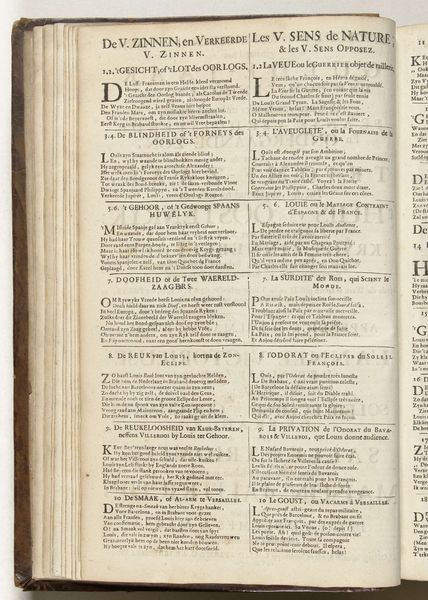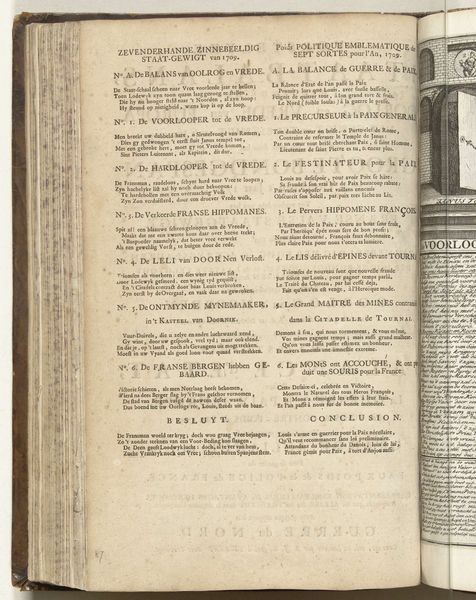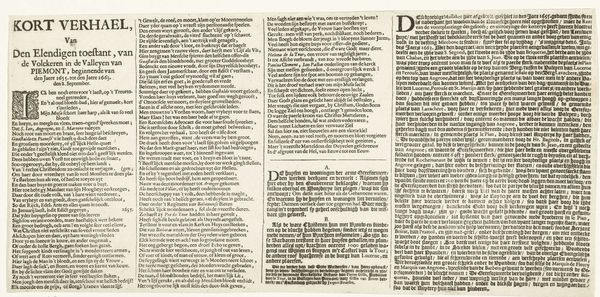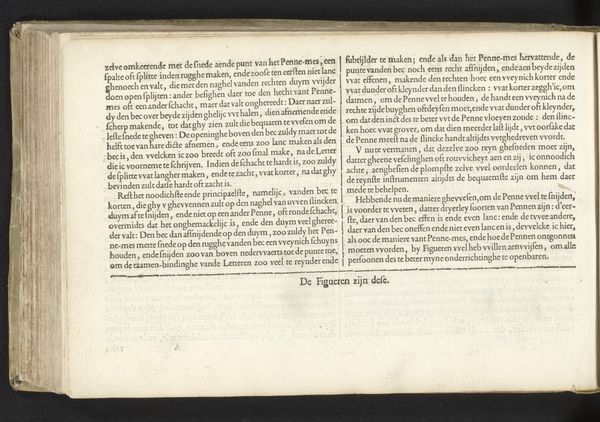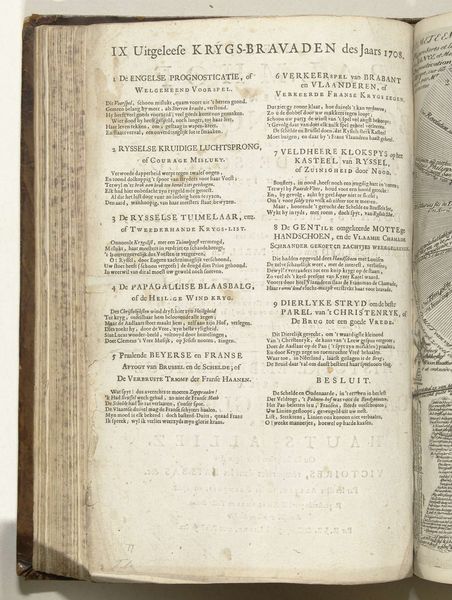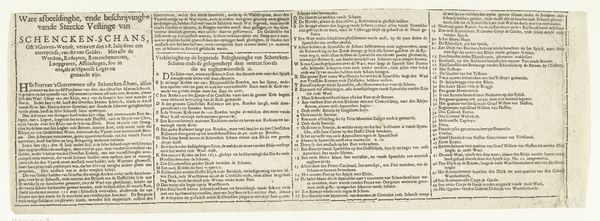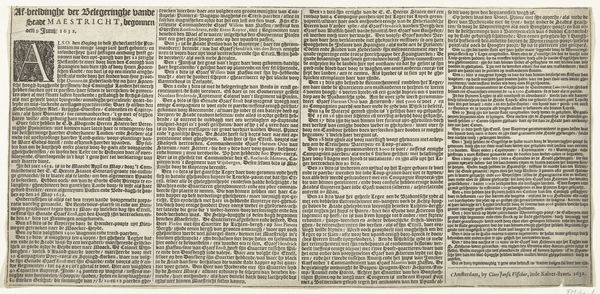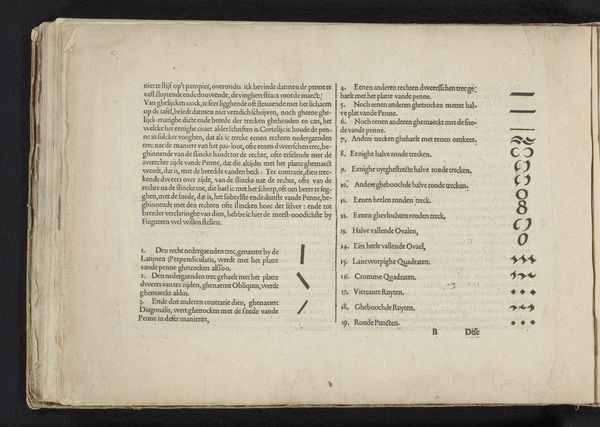
graphic-art, print, typography
#
graphic-art
#
baroque
# print
#
typography
Dimensions: height 315 mm, width 200 mm
Copyright: Rijks Museum: Open Domain
Editor: This is a page from the "Inhoudsopgave voor de Koninglyke Almanach, 1705" printed in 1706 by Carel Allard. It seems to be an index page from a royal almanac, brimming with early modern typography. It feels incredibly dense and layered with its mix of languages and tight justification. What's striking to me is the use of both Dutch and what I believe is French on the same page. How do you interpret this work, given its historical context? Curator: That's a keen observation. As a historian, I see this print as a potent example of the power dynamics embedded within early modern print culture. The use of both Dutch and French isn't just about accessibility; it's about projecting an image of authority and sophistication. Editor: In what way? Curator: French, during this period, was the language of diplomacy and the elite. Its presence alongside Dutch elevates the almanac, suggesting a readership that is both local and internationally aware. Think about who would have been consuming this text, and how its content relates to social power. How does the reference to Louis XIV shape your understanding? Editor: It gives it context! Knowing it was produced in 1706 also highlights its political relevance and perhaps propaganda value during the reign of Louis XIV. The almanac isn’t merely a guide; it's making a statement. What institutions or groups were publishing works such as this at this time? Curator: Powerful institutions like the monarchy, along with wealthy merchants, often commissioned such works. They served to legitimize power, promote ideologies, and cultivate a certain image. The Baroque style further contributes to this sense of grandeur and authority. Editor: I see it! This isn’t just information; it's carefully constructed messaging meant for very particular readers. I didn't appreciate how the intersection of language, typography, and historical context contributed to this propaganda. Curator: Indeed, and considering its production, dissemination, and intended audience gives insight into a bygone era. Hopefully, listeners take from our conversation that understanding art history isn't only visual appreciation but interrogating societal and political conditions.
Comments
No comments
Be the first to comment and join the conversation on the ultimate creative platform.
